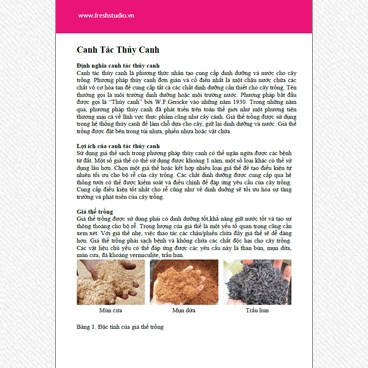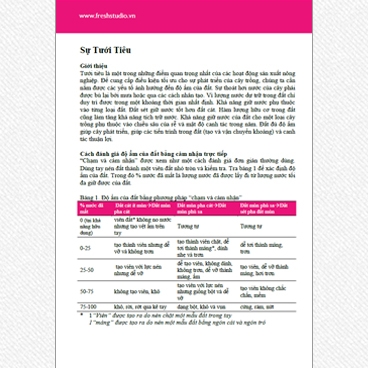‘Inclusive Innovation-shared value at the Base of the Pyramid’ is the first publication of a series of five based on experiences and insights from the pilots within the ‘Three Pilot for Pro-Poor Innovation (3P4PPI) program in Bangladesh, Ethiopia, Kenya, Rwanda and Vietnam. This program is a close cooperation between BoP Innovation Center (BoPInc) and its partners, among others Fresh Studio.
To accelerate the development of successful and profitable BoP innovations it is necessary to capture and share knowledge and identify issues that impact all sectors and themes. The objective of the ‘3 Pilots for Pro-Poor Innovation’ (3P4PPI) program is to gain more knowledge and experience on market-driven pro-poor innovations through the development of three separate pilots. Throughout this process, learning’s are captured, processed and shared with different organizations interested in and working on inclusive innovations.
This publication sets the scene on inclusive innovation. This is the market-driven development of an innovation along the value chain which includes low-income groups in the process and has impact in a social, economic and ecologically sustainable way.
This publication highlights the latest insights both in theory and in practice to research the BoP market and introduces main challenges encountered in the pilots
The publication is available through download on the BopInc website











